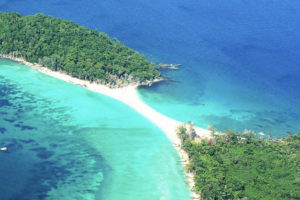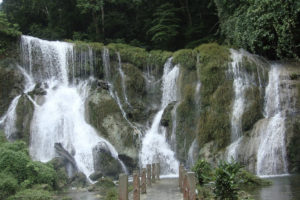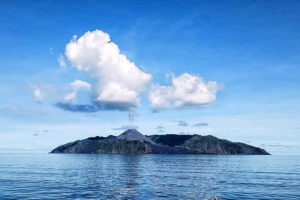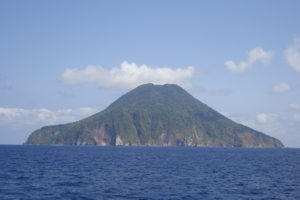Andaman & Nicobar Island
HIGHLIGHTS
Located at: South Andaman
Trip Duration: 08 to 10 Hours
Closing day: Every Day Opens
Forest Entry Ticket: 50/-pp
Activities: Scuba Diving/Snorkeling/Swimming/Beachcombing/Photography
Locker room: Not available
Public toilets/changing Room: Not Available.
Food Option: Not Available
Little Andaman (Hutbay)
HIGHLIGHTS
Destination: Hut Bay at Little Andaman
Distance from Port Blair: Approximated – 125 KM.
Transportation Options: By Vehicle and Helicopter
Activities: Surfing/ Fishing/Bird Watching/ Beach combing/Photography
Barren Island
HIGHLIGHTS
Destination: Barren Island, India’s Only Active Volcano
Distance from Port Blair: Approximated – 138 KM.
Transportation Options: By Chartered Boat
By Chartered Boat Cost: 75,000/-
Trip Duration: 10to 12 Hours
Major Attraction: opportunity to witness occasional volcanic eruptions
Activities: Game Fishing/Photography/
Caution: Unpredictable Volcanic Eruptions
About Nicobar Group Of Islands
The Nicobar Islands are a group of islands located in the southeastern part of the Bay of Bengal, in the Indian Ocean. They are part of the Andaman and Nicobar Islands union territory of India. The Nicobar Islands are situated approximately 800 miles (1,300 km) east of Sri Lanka and have an area of 711 square miles (1,841 square km). The group includes several islands, including Car Nicobar, Camorta, Nancowry, and Great Nicobar.
The Nicobar Islands have a rich history, with little known about their earliest history. However, the Thanjavur inscription of the Chola dynasty in 1050 CE describes the land as “Nakkavaram” or “Land of the Naked.” Danish missionaries visited the islands in 1756, and in 1868-88, the islands were claimed by the British who established a penal colony there. During World War II, the Nicobar Islands were occupied by the Japanese.
The islands are densely forested with coconut and betel-nut palms, pandanus, mango, margosa, and beefwood (Casuarina) trees. The population of the Nicobar Islands is primarily composed of two ethnic groups: the Nicobarese and the Shompens. The primary occupation on the islands is agriculture, with crops including rice, corn (maize), fruits, vegetables, coconuts, and betel nuts. Copra (dried coconut) making and oil pressing are the chief industries. The only major town on the Nicobar Islands is on Car Nicobar.
In December 2004, the Nicobar Islands were hit by a devastating tsunami triggered by a massive earthquake in the Indian Ocean near Indonesia. The tsunami caused extensive damage to the islands and resulted in the loss of many lives. Despite this tragedy, the Nicobar Islands have since recovered, and today, they are a popular tourist destination known for their unique flora and fauna, pristine beaches, and rich cultural heritage.







